How To Do The Balasana And What Are Its Benefits
A detailed guide to practicing this powerful pose safely and effortlessly at home.
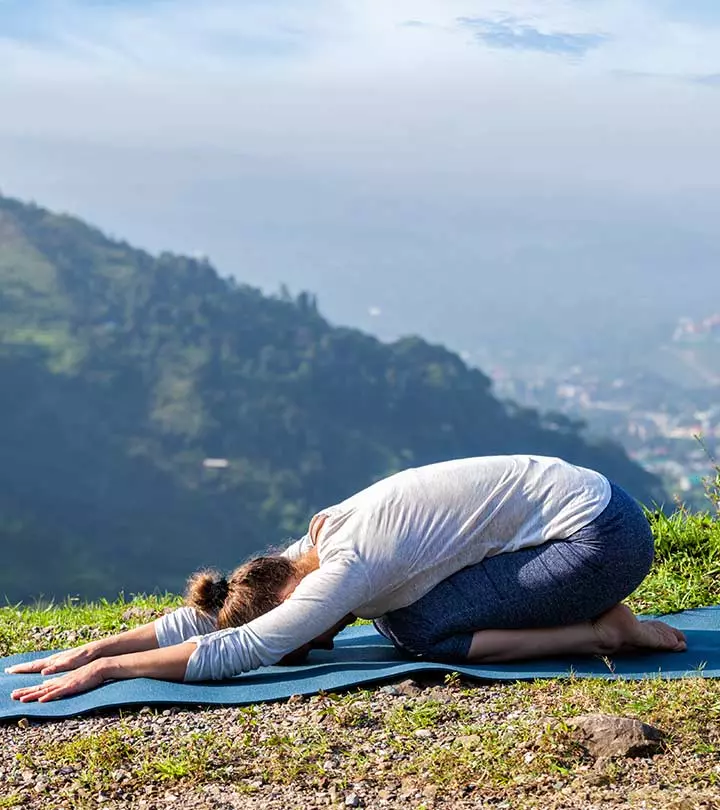
Image: Shutterstock
Balasana, Child’s Pose, or Child’s Resting Pose is an asana. Sanskrit: बालासन; Bala – Child, Asana – Pose; Pronounced as BAHL-ahs-ahna
Here, we will be discussing the benefits of balasana. The Sanskrit words ‘bala’ (बाल), which means child and ‘asana’ (आसन), which means stance, combine to give this asana its name. This asana is similar to being in the fetal posture. It is a relaxing pose that concentrates on the thighs and helps with back pain relief. It also provides a deep sensation of physical, mental, and emotional calm. Scroll down to read more about it.
In This Article
Everything You Need To Know About Balasana
What You Should Know Before You Do This Asana
Like any other yoga asana, this one too must be performed at least four to six hours after a meal. Your bowels and stomach must be empty when you practice this position. Being a resting pose, it can be practiced whenever you need to catch your breath or relax, either in the midst of your workout or afterwards.
The 2017 National Health Interview Survey revealed that yoga emerged as the predominant complementary health and wellness practice in the United States (14.3%) compared to meditation or meeting a chiropractor. Women (19.8%) were more inclined than men (8.6%) to participate in yoga within the past 12 months. Yoga was more than twice as prevalent among adults aged 18-44 (17.9%) compared to individuals aged 65 and over (6.7%).
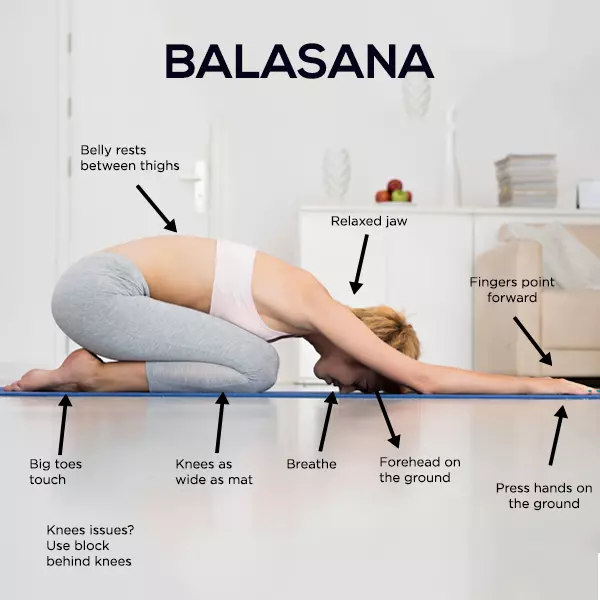
- Level: Basic
- Style: Vinyasa
- Duration: 1 to 3 Minutes
- Repetition: None
- Stretches: Hip, Thigh, Ankle
- Strengthens: Back, Neck, Shoulders
How To Do Balasana (Child Pose)
- Kneel down on the floor and touch your big toes to each other as you sit on your heels. Once you are comfortable, spread your knees hip-width apart. Inhale.

- Bend forward, and lay your torso between your thighs as you exhale.
- Now, broaden the sacrum all across the back of the pelvis, and narrow the points of your hip such that they point towards the navel. Settle down on the inner thighs.
- Stretch the tailbone away from the back of the pelvis as you lift the base of your head slightly away from the back of the neck.
- Stretch your arms forward and place them in front of you, such that they are in line with your knees. Release the fronts of your shoulder to the floor. You must feel the weight of the front shoulders pulling the blades widely across your back.
- Since this asana is a resting pose, you can stay in the pose from anywhere between 30 seconds to a few minutes.
- To release the asana, first stretch the front torso. Then, breathe in and lift from the tailbone while it pushes down into the pelvis.
Note
: Beginners often strain their necks or fail to relax their shoulders when performing Balasana. Therefore, it is important to maintain relaxed shoulders and let the head rest gently on the floor or a cushion to prevent unnecessary stress. Beginners may also push their hips to the floor or overextend their arms, which can be uncomfortable. Concentrate on gentle alignment and let the body soften into it to ensure that the position is relaxing and restorative rather than demanding.
Precautions And Contraindications

These are some points of caution to take into consideration before you do this asana.
- If you find it difficult or uncomfortable to place your head on the floor, you can use a pillow for comfort.
- It is best to avoid doing this asana if you are suffering from diarrhea or knee injuries.
- Patients with high blood pressure must avoid practicing this asana.
- It is not advised for people with specific gastrointestinal problems, such as stomach discomfort or hernias.
- It is recommended to speak with a healthcare professional before trying this asana if you have a history of back issues.
Beginner’s Tips
This is one of the most basic yoga asanas for beginners. So if you are just starting out, these pointers will help you in your practice.
- It is not a common practice to breathe fully and consciously upto the back of our torso. Practicing the Balasana the right way will help you do that.
- As you begin the practice of yoga, you can practice this asana to get you ready for a deep forward bend.
Pose Alterations
To try a variation of this asana, you can also place your hands beside your body, alongside your torso, with your palms facing upwards. This will increase the relaxation quotient in the asana.
 Trivia
TriviaThe Benefits Of Balasana (Child Pose)
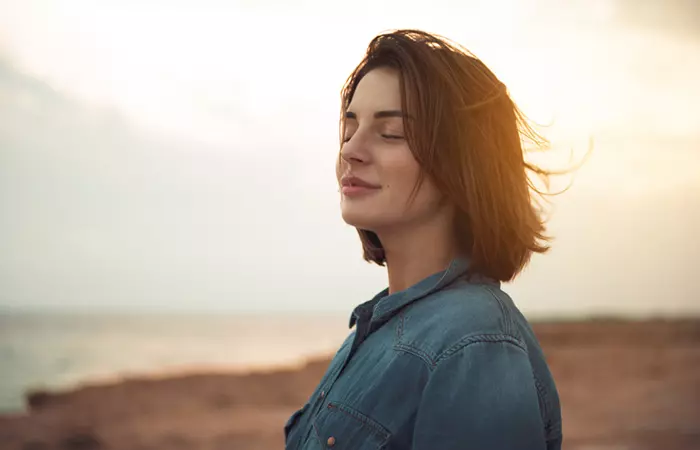
- It helps release tension in the chest, back, and shoulders.
- This asana is highly recommended, especially if you have a bout of dizziness or fatigue during the day or during your workout.
- This asana promotes mental health rejuvenation and provides major stress relief. It may also help alleviate anxiety and depression.
- It helps to massage and flex the internal organs in the body, keeping them active and supple.
- This asana helps to stretch and lengthen the spine.
- If this asana is done with support on the head and the torso, it relieves pain in the lower back and neck.
- It helps to stretch the ankles, hips, and thighs.
- It promotes blood circulation all throughout the body.
- The tendons, muscles, and ligaments in the knee area are thoroughly stretched.
- It encourages the right way of breathing and calms both the body and the mind.
- It improves body-mind connection, flexibility, digestion, fitness, and overall wellness.
- When paired with meditation, it enhances calmness and mindfulness.
A blogger, documenting her fitness journey, shares insights on Balasana: “Child’s pose, with your arms out front, is a great stretch for my back and shoulders; I absolutely love it. I can feel my shoulders open (not sure if that’s the right word?), and it gives me great comfort (i).”
 Trivia
TriviaThe Science Behind The Child Pose
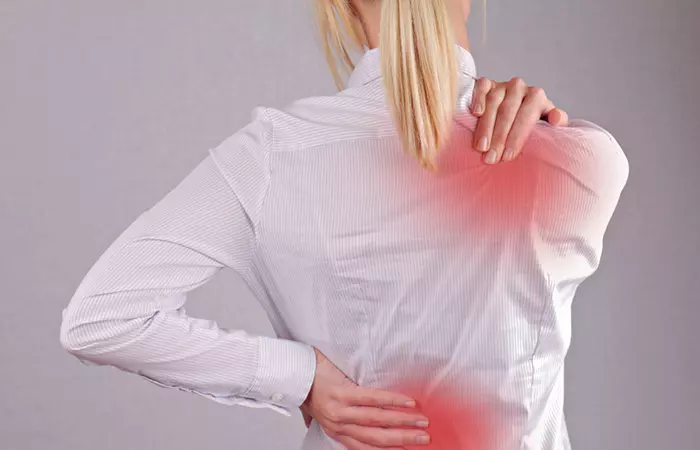
The Balasana is a restorative, calming pose that relaxes and rejuvenates the body. The stretch in the back relaxes the spinal column. It calms the muscles, thereby helping to alleviate pain, especially in the back, neck, and shoulders. The knees are also stretched and relaxed, and therefore, the tendons, muscles, as well as joints are healed and made ready for functioning. The Balasna pose resembles a fetal position and is said to provide physical, mental, and emotional solace to the being.
This pose truly promotes positive feelings, transporting you back to your childhood days and stripping you off ill feelings and arrogance.
Preparatory Poses
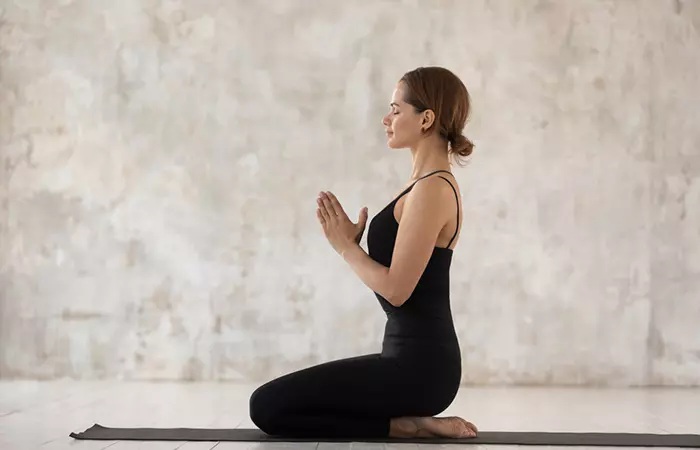
Virasana
Follow-Up Poses
Balasana is a resting pose that can precede or follow any asana. This asana should be practiced after any arm balancing asana and head stand pose.
Balasana is a basic yoga posture that brings out the child in you. While it completely stretches and relaxes your body, it also successfully makes you very happy. If you wish to put together a well-rounded 30-minute yoga routine, follow-up the Balasana with other poses such as Sukhasana, Adho Mukha Svanasana, and Tadasana for holistic well-being.
Get ready to experience the calming and grounding effects of Balasana or the child’s pose. Follow the steps in the video below to learn how to do it correctly and reap its benefits.
Key Takeaways
- Balasana is a rejuvenating exercise that may help calm the muscles.
- It may help reduce back, neck, and shoulder pain.
- You can practice this asana if you feel dizziness during any exercise or throughout the day.
- Perform the balasana yoga 4 to 6 hours after having a meal.
Infographic: Tips And Precautions For Practicing The Balasana
The Balasana, or Child Pose, is not only a gentle and restorative yoga pose that offers numerous benefits for the mind and body but is one of the easiest as well. However, practicing this asana with proper technique and precaution is important. The infographic below provides some helpful tips and precautions to keep in mind when practicing the pose. Check it out!

Illustration: StyleCraze Design Team
Balasana or the child’s pose resembles a fetal position. It is a soothing pose that focuses on the thighs and helps relieve back pain. Balasana benefits you with a deep sense of physical, mental, and emotional relaxation. The backstretch helps to relax the spinal column. It relaxes the muscles, which helps to relieve pain in the back, neck, and shoulders. This asana also helps to lengthen and stretch the spine. But remember, it has to be performed with an empty stomach. Follow the above precautions before practicing this asana and enjoy its wonderful benefits.
Frequently Asked Questions
How can I incorporate Balasana into my daily routine for stress relief?
You can begin by practicing this asana for just 5 to 10 minutes a day, particularly in the morning or evening. It can provide a sense of calm and significantly relieve tension.
How many times should you do Balasana?
You may do Balasana 5-10 times in one go. Hold the position for a few minutes every time.
Can I sleep in a child’s pose?
No. Sleeping in this position may get uncomfortable after a while. Therefore, it is better not to hold the position for more than a minute. However, doing this yoga may stretch the thigh and hip muscles, relieve tension and fatigue, and promote better sleep.
Can Balasana be practiced during pregnancy?
It’s best to be done with the help of a yoga instructor or practitioner during pregnancy.
Can Balasana be included in a regular yoga routine?
Yes, Balasana can be included in the regular yoga routine as a restorative pose.
Can Balasana be modified for individuals with limited flexibility?
Yes, Balasana can be modified for individuals with limited flexibility with the help of bolsters or bricks.
Can Balasana be practiced outside of a yoga class?
Yes, Balasana can be practiced outside of a yoga class as a standalone yoga pose for relaxation.
Personal Experience: Source
StyleCraze's articles are interwoven with authentic personal narratives that provide depth and resonance to our content. Below are the sources of the personal accounts referenced in this article.
i. Childs Posehttps://theworldoflt.wordpress.com/2013/05/13/childs-pose/
Read full bio of Sri Yogi Anand
Read full bio of Shirin Mehdi
Read full bio of Ravi Teja Tadimalla
Read full bio of Himanshi Mahajan







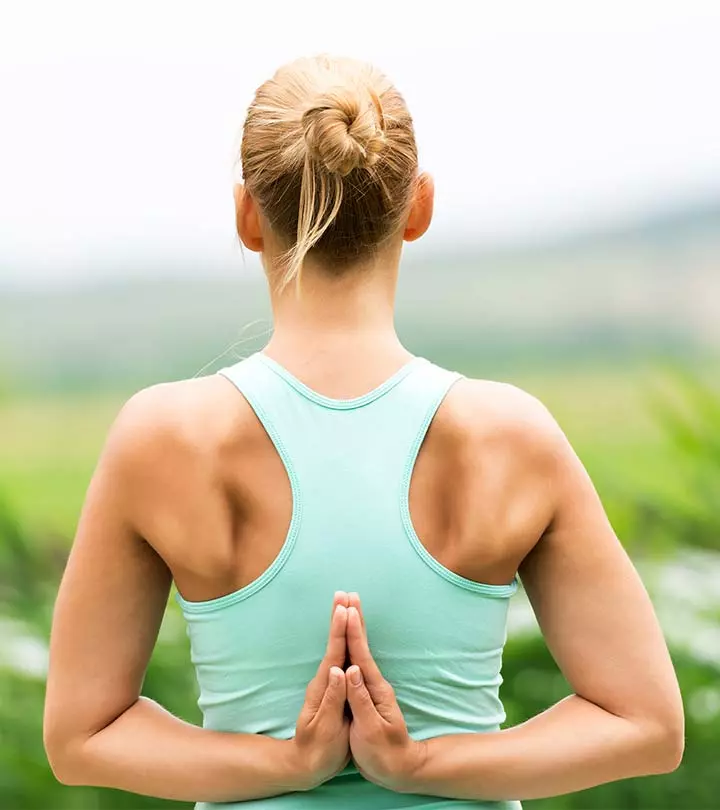
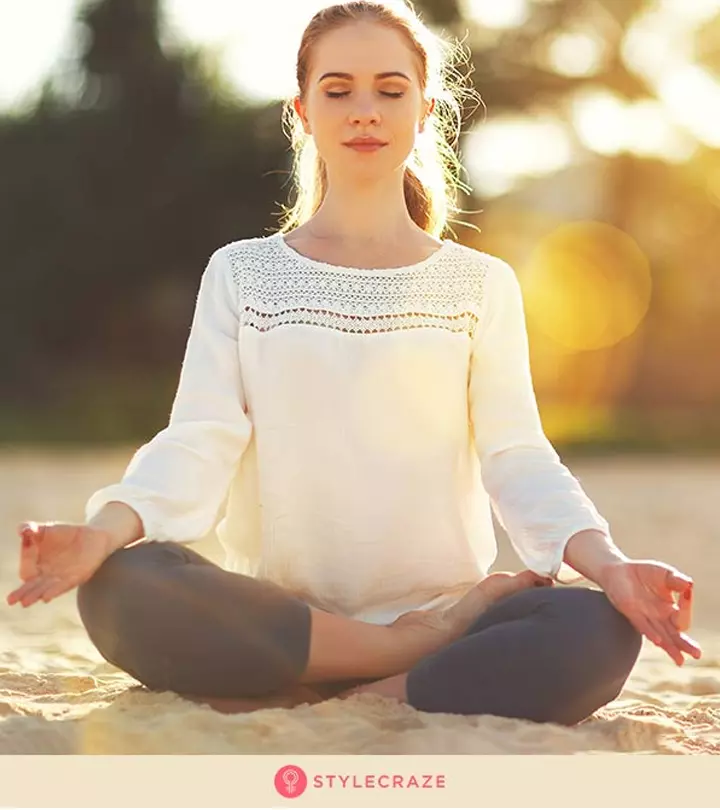
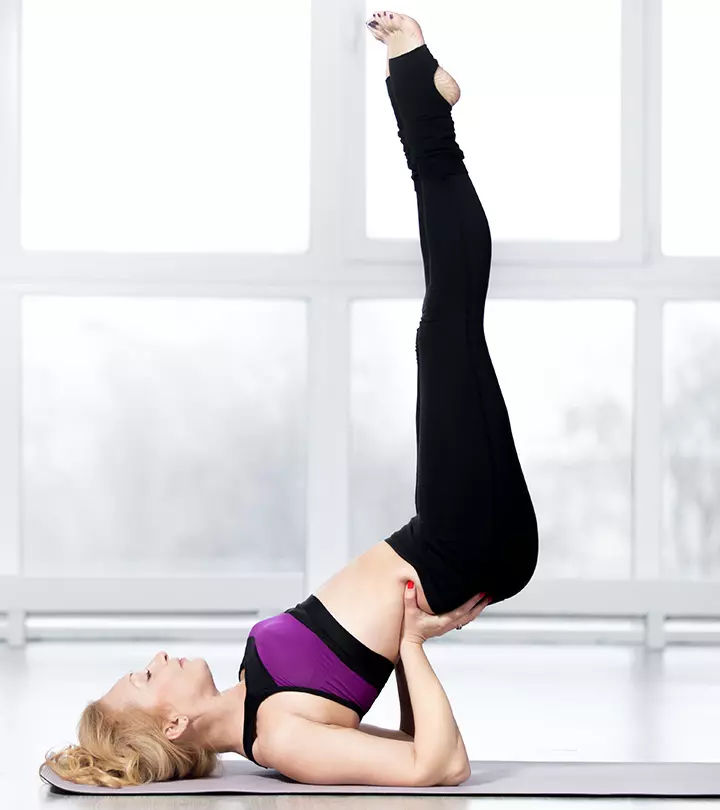
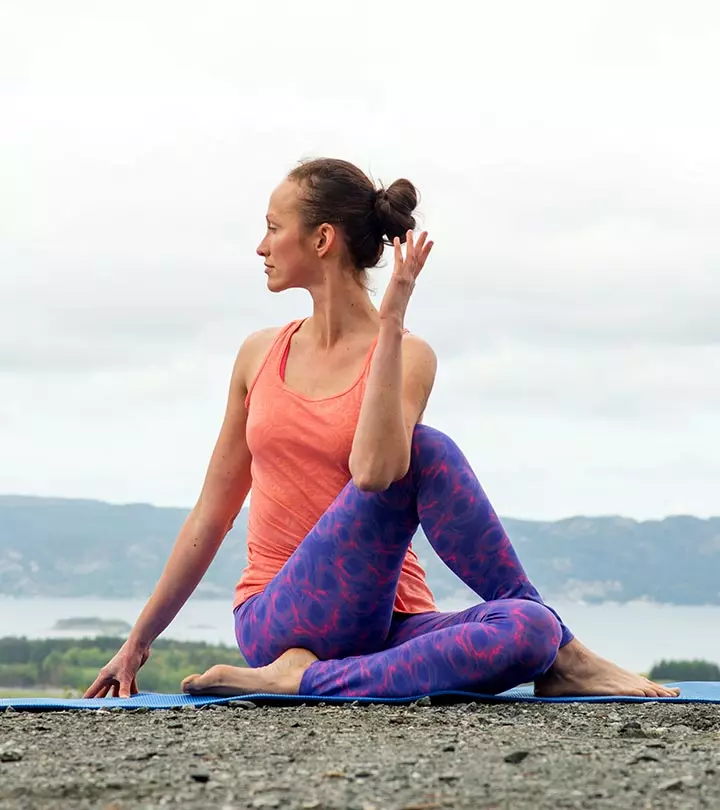
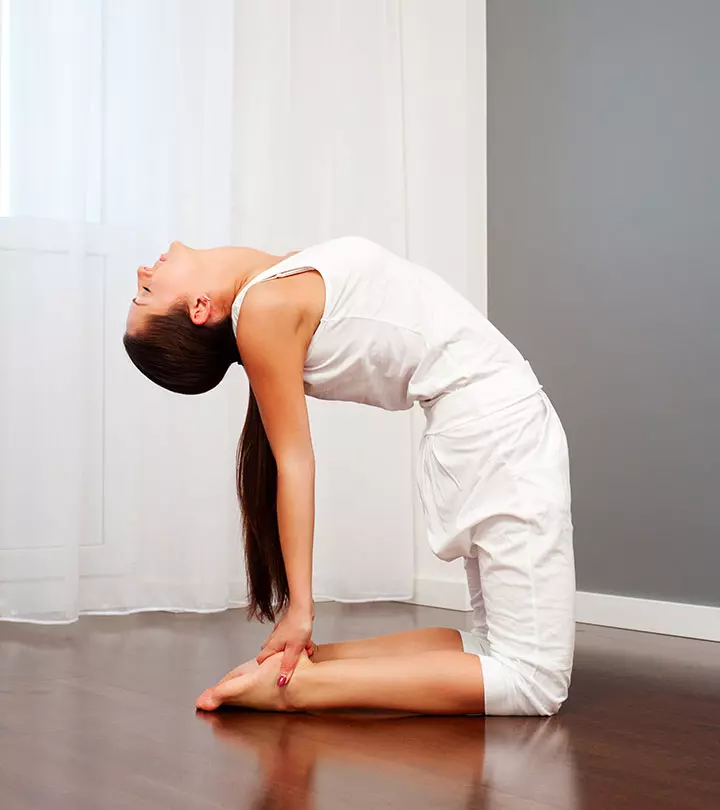
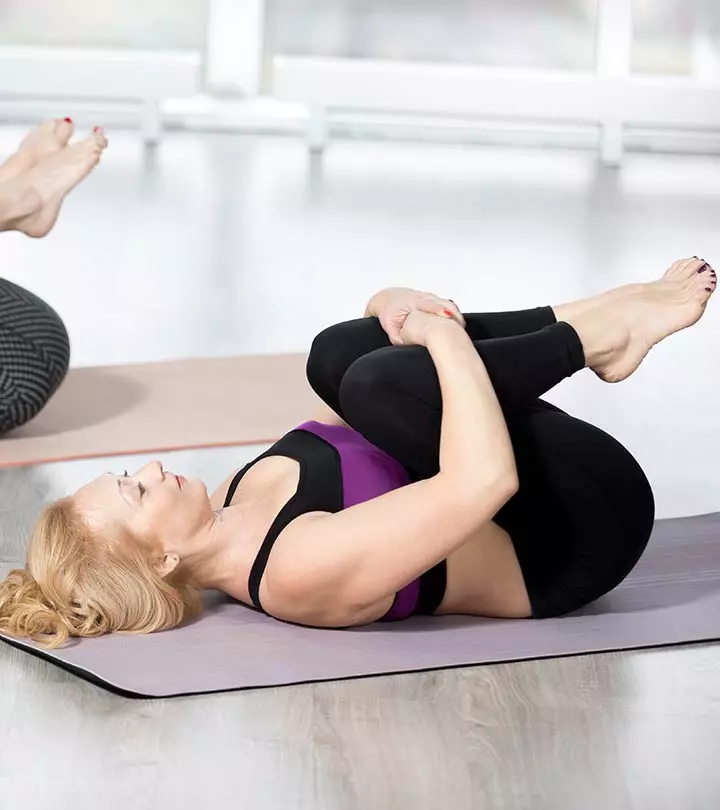
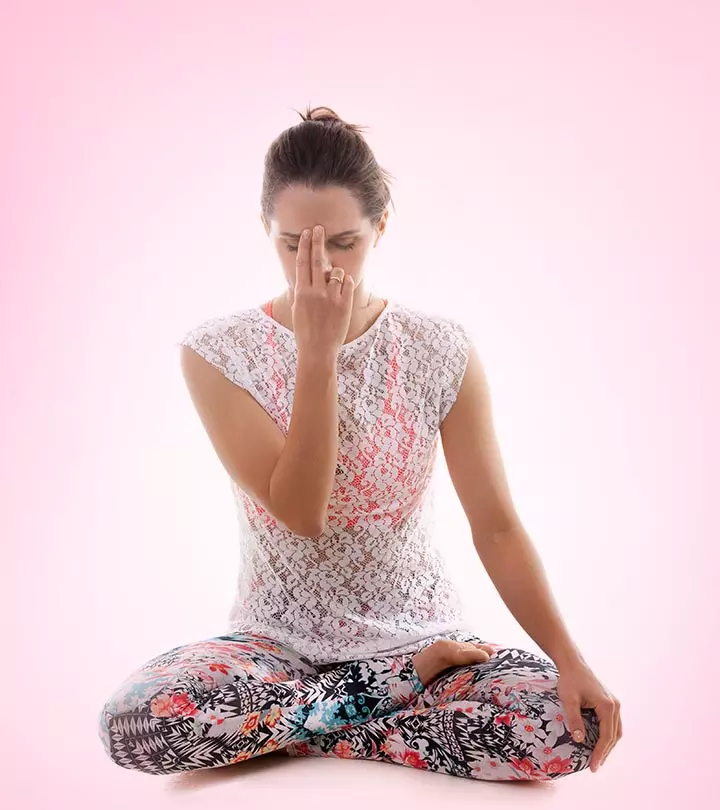
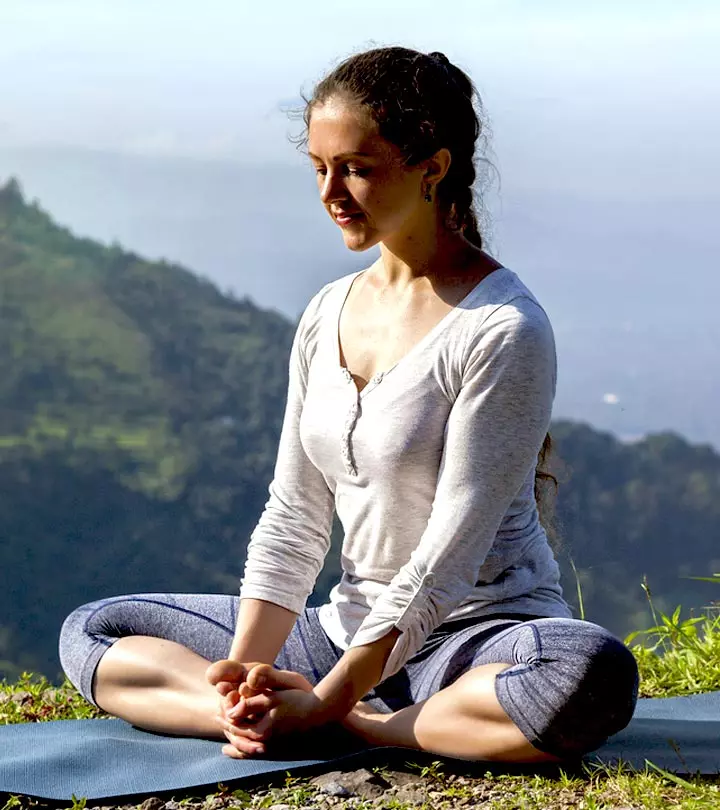
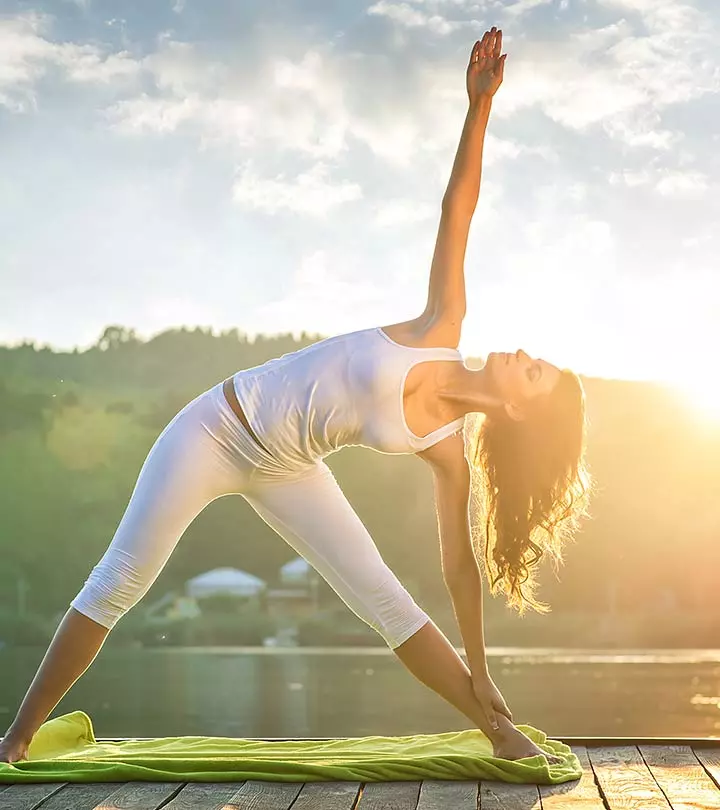
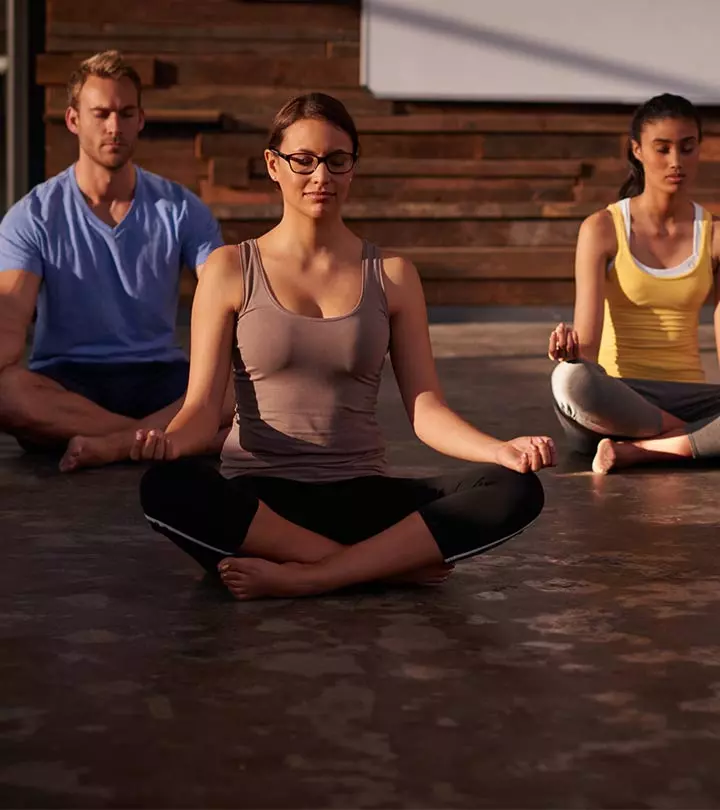
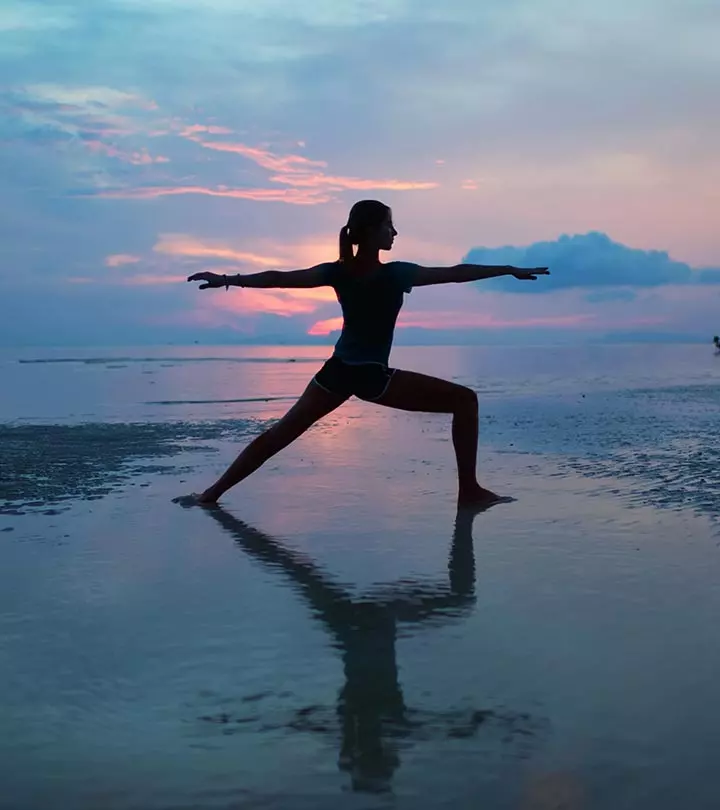
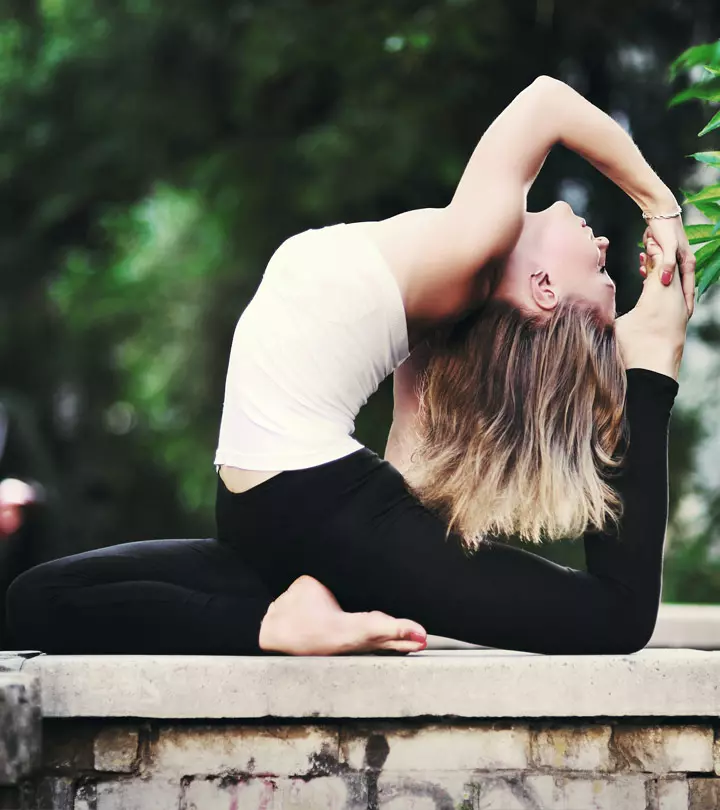
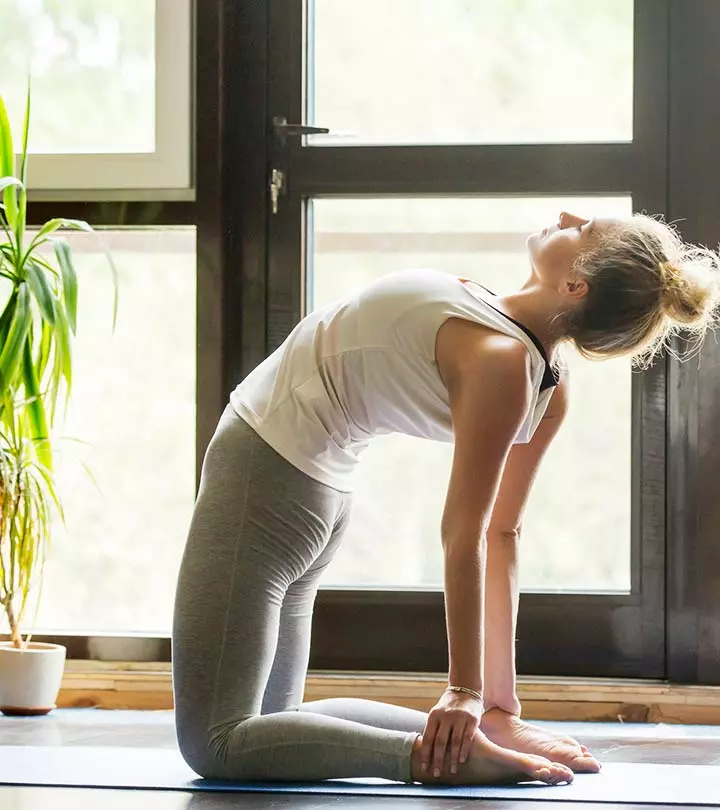
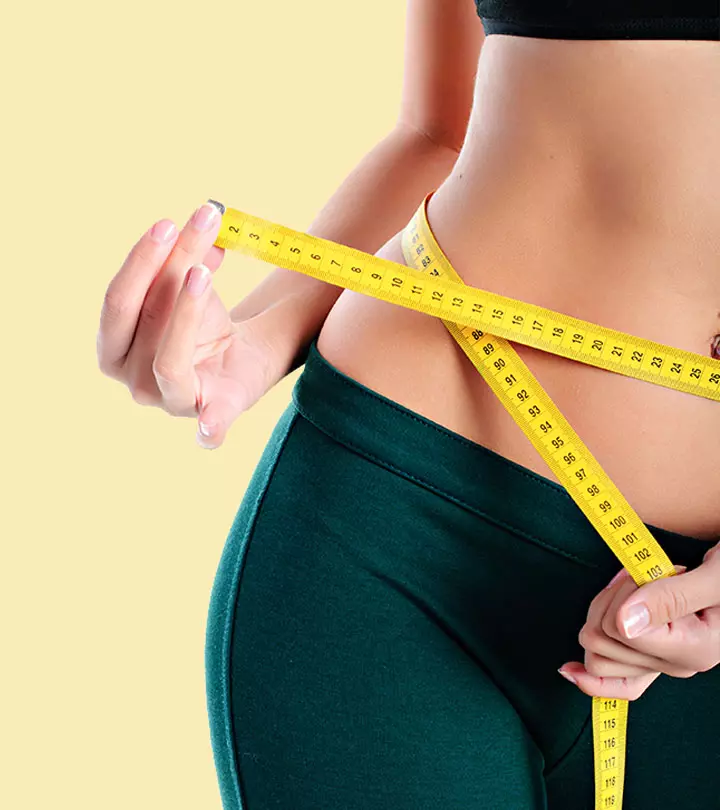
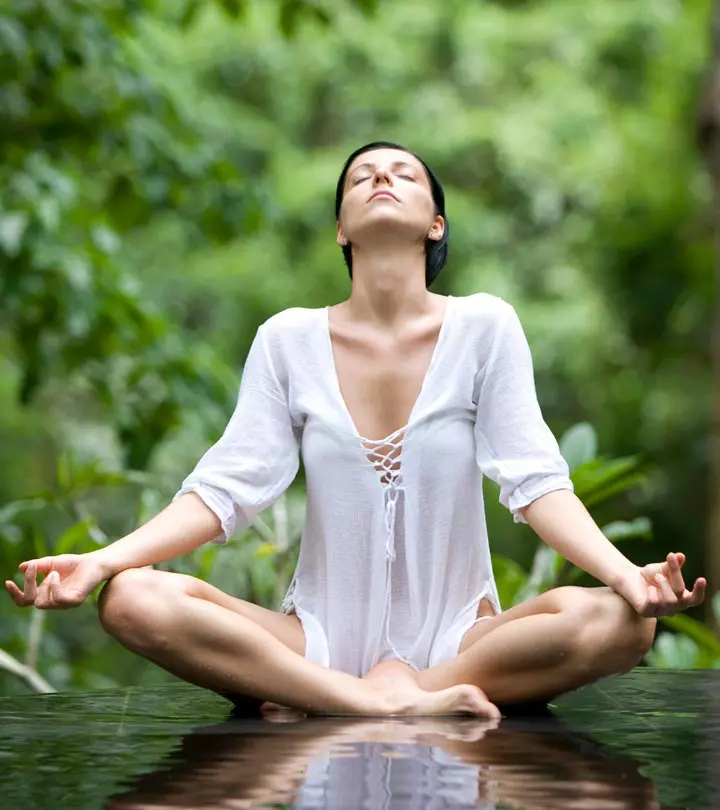
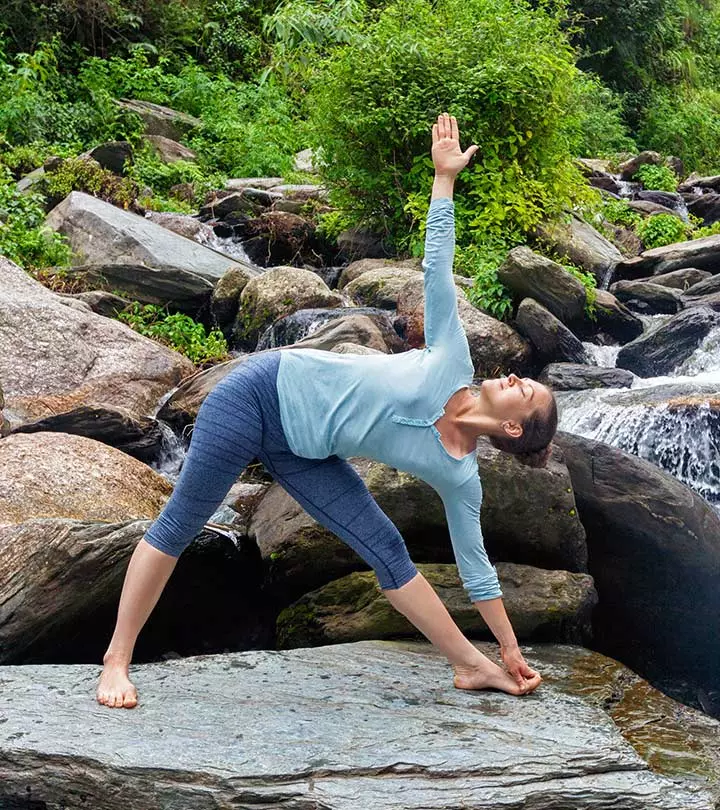
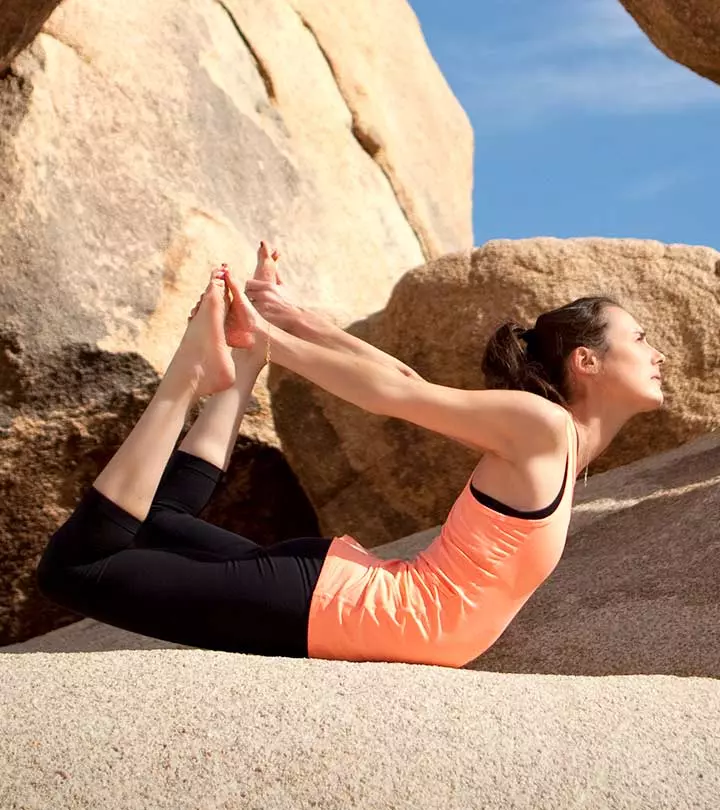
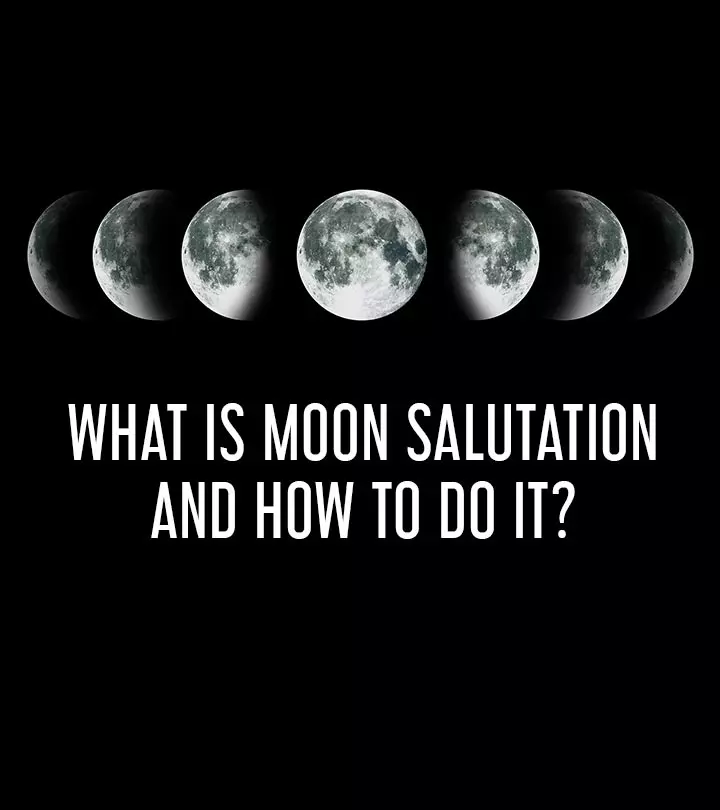


Community Experiences
Join the conversation and become a part of our empowering community! Share your stories, experiences, and insights to connect with other beauty, lifestyle, and health enthusiasts.